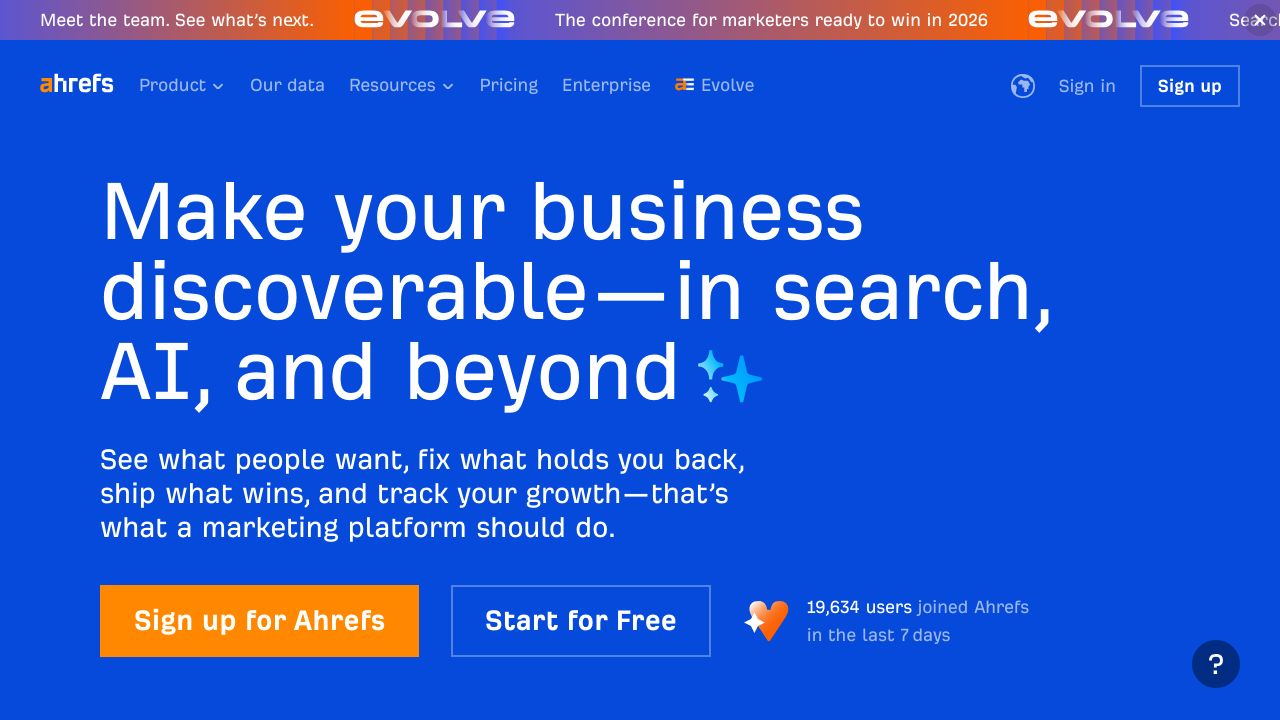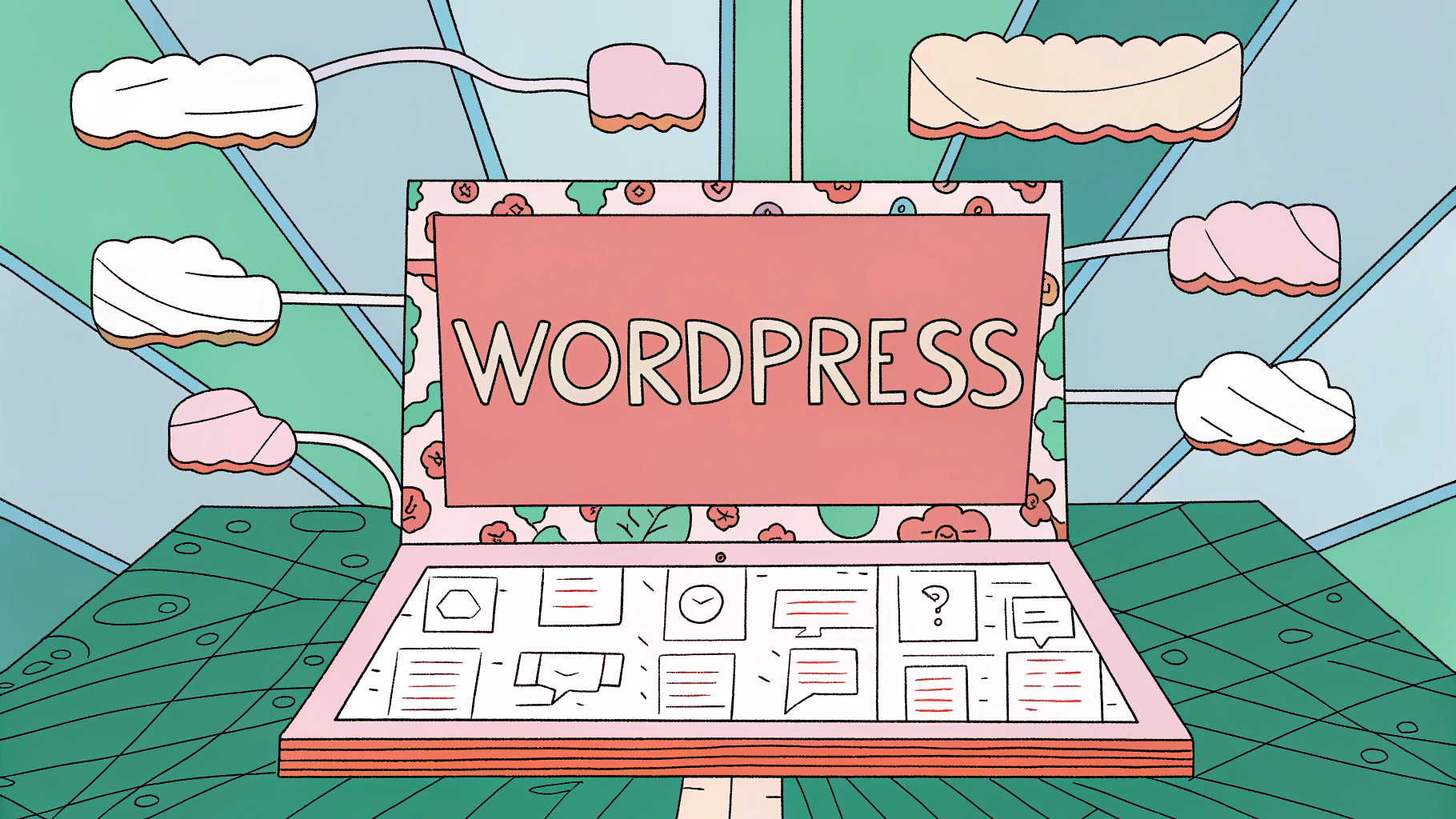Content strategy isn't what it used to be. The days of throwing keywords at a wall and hoping something sticks are over. In 2025, search engines reward topical authority, structured clustering, and workflows built for scale. If you're still relying on outdated keyword lists or one-off research tactics, you're already behind.
The question isn't "Which keywords should we target?" anymore. It's "How do we design a scalable system that consistently drives growth?" That's where AI comes in.
The Evolution of Content Strategy

Traditional content planning relied heavily on manual research and gut instincts. Content strategists would spend weeks analyzing competitor content, manually grouping keywords, and creating editorial calendars based on limited data points. This approach worked when competition was lighter and search algorithms were simpler.
But search has evolved. Google's algorithms now understand semantic relationships between topics. They can identify when content truly serves user intent versus when it's just keyword-stuffed fluff. AI integration isn't optional anymore - it's the difference between content that ranks and content that gets buried.
The Three Pillars Framework Overview
Learning how to create a content strategy that actually works requires connecting three critical elements: topic selection, keyword clustering, and publishing cadence. Most content teams treat these as separate tasks. That's a mistake.
These three pillars work together. Your topic selection informs your keyword clusters. Your keyword clusters determine your publishing cadence. Your publishing cadence affects which topics you can realistically cover. When AI connects these dots, you get a content strategy that's both strategic and executable.

Expected Outcomes and Benefits
Content strategists using this AI-enabled approach typically see significant improvements in their workflow efficiency and content performance. You'll spend less time on manual research and more time on strategic thinking. Your content will target the right keywords at the right time, building topical authority systematically rather than randomly.
Site owners benefit from more predictable content ROI. Instead of publishing content and hoping it performs, you'll have data-driven confidence in your content investments. The framework scales with your team, whether you're a solo blogger or managing a content team of dozens.
Setting Up Your AI-Enabled Content Strategy Infrastructure
Before diving into topic selection and keyword clustering, you need the right foundation. Think of this as building your content strategy's operating system. Without proper infrastructure, even the best AI tools won't deliver consistent results.
Essential AI Tools and Platforms
Your AI toolkit should include platforms for different aspects of content strategy. For keyword research and clustering, tools like Ahrefs and SEMrush now offer AI-powered clustering features. For content ideation, Clearscope and MarketMuse use AI to identify content gaps and opportunities.

Don't forget about AI writing assistants for content creation itself. Jasper and Copy.ai can help with content outlines and first drafts, though human oversight remains crucial for quality and brand alignment.
Data Collection and Integration
AI is only as good as the data you feed it. Start by connecting your analytics platforms - Google Analytics, Search Console, and any social media analytics tools you use. This gives AI systems the performance data they need to make smart recommendations.
Competitor analysis becomes more powerful with AI. Tools can now automatically track competitor content performance, identify their keyword targets, and spot gaps in their coverage. This competitive intelligence feeds directly into your topic selection process.
Goal Setting and KPI Definition

Clear goals help AI systems prioritize recommendations. Are you focused on increasing organic traffic, improving conversion rates, or building brand awareness? Different objectives require different content approaches, and AI can optimize for your specific goals.
Define measurable KPIs upfront. Traffic growth, keyword rankings, engagement metrics, and conversion rates should all tie back to business objectives. This data becomes feedback for your AI systems, helping them learn what works for your specific audience and industry.
AI-Driven Topic Selection Strategy
Topic selection used to be guesswork mixed with intuition. Now AI can analyze massive datasets to identify exactly what your audience wants to read about. But it's not just about finding popular topics - it's about finding the right topics for your specific goals and capabilities.
Audience Intent Analysis with AI
AI excels at pattern recognition in user behavior data. It can analyze search queries, social media conversations, and website interactions to identify what your audience actually cares about. This goes beyond simple keyword volume to understand the intent behind searches.
For example, someone searching "content strategy tools" might be in research mode, while someone searching "how to create a content strategy" is ready to implement. AI can help you identify these intent differences and create content that matches where users are in their journey.
Competitive Topic Gap Analysis
Your competitors probably aren't covering everything they should be. AI can systematically analyze competitor content to identify topics they're missing or covering poorly. These gaps represent opportunities for you to capture market share.
The key is finding gaps that align with your expertise and resources. Just because a competitor isn't covering a topic doesn't mean you should. AI can help evaluate whether a gap is worth pursuing based on your content goals and capabilities.
Topic Scoring and Prioritization Matrix
Not all topics are created equal. AI can help you score potential topics based on multiple factors: search volume, competition level, alignment with business goals, and your team's expertise. This creates a prioritization matrix that guides your content calendar.
| Topic | Search Volume | Competition | Business Alignment | Priority Score |
|---|---|---|---|---|
| Content Strategy Basics | High | Medium | High | 8.5 |
| AI Content Tools | Medium | Low | High | 9.2 |
| Publishing Schedules | Low | Low | Medium | 6.8 |
Trend Prediction and Future-Proofing
AI can identify emerging trends before they become mainstream. By analyzing search trend data, social media conversations, and industry publications, AI systems can predict which topics will become important in the coming months.
This predictive capability lets you create content ahead of the curve. When a trend takes off, you'll already have authoritative content ranking for related keywords. It's like having a crystal ball for content strategy.
Advanced Keyword Clustering with AI
Keyword clustering is where AI really shines. Instead of targeting individual keywords in isolation, AI can group related keywords into clusters that build topical authority. This approach aligns with how search engines actually understand and rank content.
Semantic Keyword Research
Traditional keyword research focused on exact match keywords and search volumes. Semantic keyword research goes deeper, understanding the relationships between different terms and concepts. AI can identify keywords that are semantically related even if they don't share common words.
For instance, "content marketing strategy" and "editorial calendar planning" are semantically related topics that could be clustered together. AI recognizes these connections by analyzing how search engines and users treat these terms in practice.
AI-Powered Keyword Clustering Techniques
AI clustering algorithms can process thousands of keywords and group them based on search intent, semantic similarity, and SERP overlap. This creates natural content clusters that make sense to both search engines and users.
- Intent-based clustering groups keywords by user goals
- Semantic clustering identifies topically related terms
- SERP-based clustering groups keywords that appear in similar search results
- Competition clustering identifies keyword groups with similar difficulty levels
Building Topic Clusters for Authority
Topic clusters create content hubs that establish your expertise on specific subjects. A well-designed cluster includes a pillar page covering the main topic broadly, with supporting pages diving deep into specific subtopics. AI can help identify the optimal structure for these clusters.
The key is internal linking between cluster pages. AI can suggest linking opportunities that strengthen the topical relationship between pages, helping search engines understand your content's depth and authority on the subject.
Keyword Difficulty and Opportunity Assessment
AI can evaluate keyword difficulty more accurately than traditional metrics by considering multiple factors: domain authority requirements, content quality standards, and SERP features. This helps you identify quick wins versus long-term investments.
Some keywords might have low traditional difficulty scores but require extensive expertise to rank well. AI can flag these situations, helping you allocate resources more effectively across your keyword portfolio.
Optimizing Publishing Cadence with AI Insights
Publishing cadence isn't just about consistency - it's about timing, frequency, and resource allocation. AI can analyze your audience behavior patterns and content performance data to optimize when and how often you publish different types of content.
Audience Behavior Pattern Analysis
AI can identify when your audience is most active and engaged across different channels. This goes beyond simple "best times to post" recommendations to understand how engagement patterns vary by content type, topic, and audience segment.
For B2B content, AI might identify that technical deep-dives perform better on Tuesday mornings, while industry news gets more engagement on Friday afternoons. These insights help you schedule content for maximum impact.
Content Performance Prediction
AI can forecast how different types of content will perform based on historical data, topic trends, and competitive analysis. This predictive capability helps you adjust publishing schedules to maximize ROI from your content investments.
If AI predicts that a particular topic cluster will gain traction in three months, you can schedule supporting content to publish in advance, building authority before the trend peaks.
Resource Allocation and Capacity Planning
AI can help balance content quality with publishing frequency based on your team's capabilities. It can analyze how much time different content types require and suggest optimal publishing schedules that don't compromise quality.
This is especially valuable for small teams. AI can identify which content types deliver the best ROI for your time investment, helping you focus on high-impact activities rather than just staying busy.
Multi-Channel Publishing Coordination
Content doesn't exist in isolation. AI can coordinate publishing across your blog, social media, email newsletters, and other channels to maximize reach and engagement. This includes repurposing content for different formats and audiences.
For example, a comprehensive blog post might be broken into a series of social media posts, an email newsletter section, and a podcast episode. AI can suggest the optimal timing and sequencing for this multi-channel approach.
Bringing It All Together
Implementation is where most content strategies fail. You can have the best AI tools and insights in the world, but without proper workflow integration and team coordination, nothing gets executed consistently.
Creating Your Content Strategy Workflow
Your workflow should integrate all three pillars seamlessly. Start with AI-driven topic selection, use those topics to inform keyword clustering, and let the clusters guide your publishing cadence. Each step feeds into the next, creating a self-reinforcing system.
- Weekly AI analysis of trending topics and keyword opportunities
- Monthly keyword clustering and content gap analysis
- Quarterly publishing calendar optimization based on performance data
- Ongoing content performance monitoring and strategy adjustments
Team Roles and Responsibilities
AI doesn't replace human expertise - it amplifies it. Content strategists focus on high-level planning and AI tool management. Writers concentrate on creating quality content that serves user intent. SEO specialists ensure technical optimization and performance monitoring.
Clear role definition prevents overlap and ensures someone owns each part of the process. AI recommendations need human interpretation and strategic context to be truly effective.
Quality Control and Human Oversight
AI can suggest topics and keywords, but humans must ensure content aligns with brand voice and strategic objectives. Establish review processes that catch AI recommendations that don't fit your brand or audience needs.
Regular audits of AI-generated insights help identify patterns and biases in the recommendations. This feedback loop improves AI performance over time while maintaining content quality standards.
Automation and Scaling Strategies
Identify which processes can be automated without sacrificing quality. Keyword research, competitor monitoring, and performance reporting are good candidates for automation. Content creation and strategic planning still require human oversight.
As your content program grows, automation becomes essential for maintaining consistency and quality. But start small and gradually automate processes as you understand how AI fits into your specific workflow.
Measurement and Optimization
The best content strategies evolve based on performance data. AI can help you identify what's working, what isn't, and why. But you need the right measurement framework to capture meaningful insights.
Key Performance Indicators and Metrics
Track metrics that matter for each pillar of your strategy. Topic selection success might be measured by content engagement and social shares. Keyword clustering effectiveness shows up in organic traffic growth and ranking improvements. Publishing cadence optimization appears in audience retention and content consumption patterns.
Don't just track vanity metrics. Focus on indicators that tie directly to business outcomes: lead generation, customer acquisition, and revenue attribution from content.
AI-Powered Performance Analysis
AI excels at identifying patterns in large datasets that humans might miss. It can correlate content performance with dozens of variables simultaneously, revealing insights about what makes content successful for your specific audience.
These insights feed back into your strategy, creating a continuous improvement loop. AI might discover that certain topic combinations perform better together, or that specific publishing times correlate with higher conversion rates.
Continuous Improvement Framework
Establish regular review cycles for strategy refinement. Monthly performance reviews can identify tactical adjustments, while quarterly strategic reviews assess whether your overall approach needs modification.
Document what you learn from each optimization cycle. This creates institutional knowledge that improves decision-making over time, even as team members change or AI tools evolve.
Scaling and Evolution Strategies
Your AI-enabled content strategy should grow with your business. Plan for scaling by building flexible processes that can handle increased content volume without proportional increases in manual work.
Stay current with AI tool developments. The landscape changes rapidly, and new capabilities can unlock significant improvements in your content strategy effectiveness. Regular tool evaluations ensure you're using the best available technology for your needs.
Remember that learning how to create a content strategy with AI is an ongoing process, not a one-time setup. The most successful content teams treat their AI-enabled framework as a living system that evolves with their audience, industry, and business goals.



